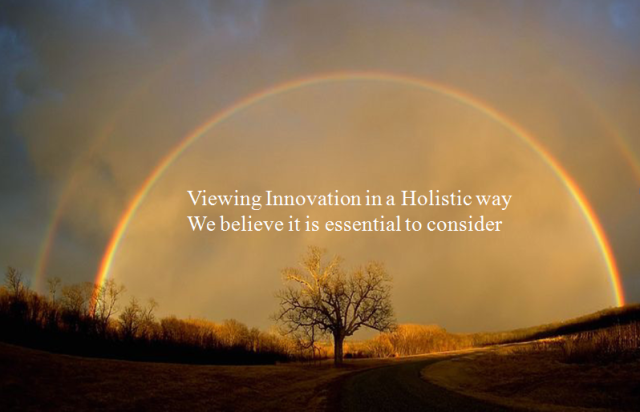Over the last few months I have kept going back and forth on Professor Clayton Christensen’s paradox he has named “The Capitalist’s Dilemma” and been relating it to this jobless era we seem to be at present.
This idea ‘hit the world’ when he wrote a piece in the New York Times last November, 2012. I gather this has been one of his best, if not his best read article ever.
As I’m sure you are aware Professor Christensen must be regarded as if not the top, then one of the top experts, on innovation. For me he sits at the top, so when he explores a theory, you stop to think about what he is trying to explain. It takes some of us mere mortal awhile to grasp and relate to these ideas and theories.
Theories into solutions sometimes is a long wait for wrong reasons
Firstly an aside, I need to get this off my chest. Although I suspect a book will eventually emerge, perhaps only next year 2014, far too often this is a little later than preferred or when really needed. The ‘currency’ or present day relevance often suffers from this parallel world of academics, moving on a much slower level.
They are still working within the publishing strictures and structures where a book has to be firstly written, reworked, proofed by editors, printed, bounded and distributed.
As you might guess here, I just wish some of these breaking theories that emerge from the academics could be sped up, they are seemingly just caught up in the dogma of rigour, validation and peer review. Weighed down in this legacy they often fail to provide the valuable insights that can alter the present day where the theory or dilemma has arisen.
That valuable thinking to address the very problem we need a solution too is today not having even further debate after a book comes out, sometime in the future. We need to begin to travel the road, not just survey it! Continue reading “The Present Jobless Innovation Era We Face”



